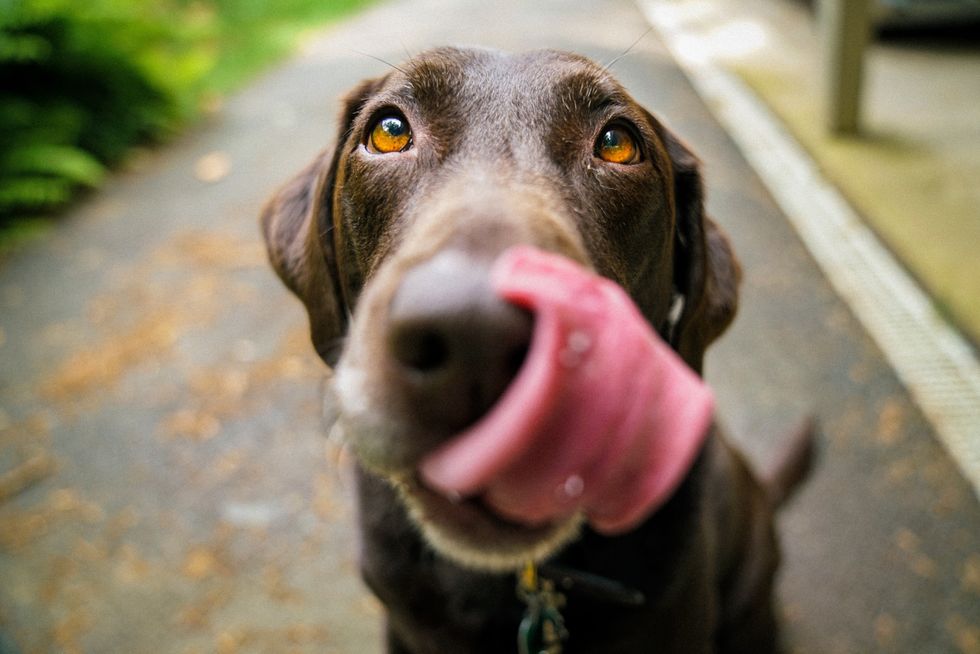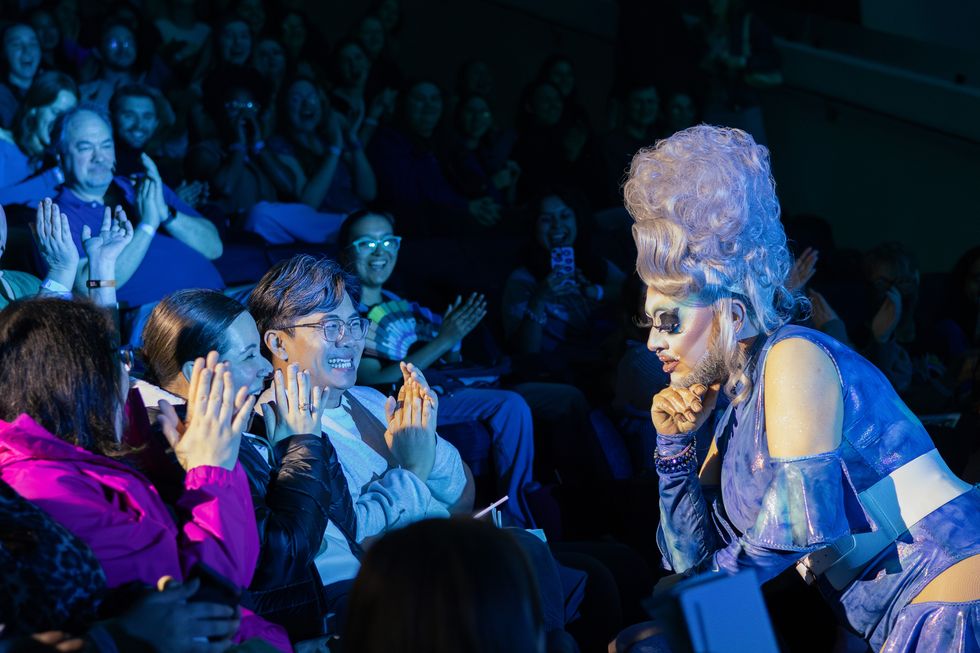Both male and female athletes are more at risk of serious injuries at younger ages than ever before, according to recent studies, especially those who specialize too early or who aren’t in peak physical condition.
Dr. Tommy John — son of famed lefty pitcher Tommy John, and a sports performance and healing specialist — is exploring the sudden rise of “Tommy John” surgeries (named for his father) being performed on young athletes lately, as well as the many other injuries and the surgeries required to fix them that have been increasing at an alarming rate — in baseball and all youth sports — in his new book, “ Minimize Injury, Maximize Performance,” written with journalist Myatt Murphy.
“The book is ageless,” says John, who operates the Tommy John Performance and Healing Center in San Diego. “It’s bringing back the things that have always worked. I’m not rewriting the book on performance and healing; I’m just bringing back the chapters that everybody skipped.”
Featuring nearly 100 scientific sources, “Minimize Injury, Maximize Performance” focuses on prevention and offers tips on how to tailor the advice for athletes coming back from an injury with over 120 black-and-white photographs to guide coaches, parents, and athletes in their pursuit of better health and peak performance at any level.
GOOD spoke with John to learn the four elements of what he calls the “Tommy John solution” that every parent, coach, and trainer should know to help their favorite youth athlete maximize performance and minimize injury:
(Note: Parts of this interview were condensed and edited for clarity.)
RETHINK
We need to rethink our current approach. It’s the American lifestyle, the “I want it now” — the bigger, faster, stronger training mentality — where we want to increase the ability at the expense of durability to express our genetic potential as soon as possible. Don’t worry about a future; don’t worry about what happens after the sport. That’s what we’ve got going on now with the specialization and camps, trainings, and showcases.
Couple that with our American lifestyle of technology at the expense of human movement. Every technological advance is to get us to do less. That’s fine when it comes to beating potatoes. But when you’re talking about a cellphone, or you’re talking about something that’s moving us from point A to point B where we would have normally carried ourselves or carried our bags or walked stairs — now all of the sudden, technology has us staring at phones, and the bits of information coming off the phone are so stimulating and so much to process for this young mind and young nervous system to handle. There’s a sympathetic response and immune decrease, and all of a sudden now, we have them not healing from normal activity.
Before we do anything, we have to rethink the path we’re headed on and the decisions we’re making right now for our children.
REPLENISH
Obviously, we need fuel to carry out these sports activities. We also need food to repair and regenerate and grow. And at this stage of the game when these kids are 8, 9, 10 — in the early patterns of our life — our nervous system is developing. It’s the brainstem and spinal cord — we’re learning our bodies, and we’re integrating these muscles and joints with this thick white nerve, and it’s growing, and we’re learning it. It’s building, and it’s rebuilding and redesigning itself every day.
Nourishment is huge. I say we’re overfed and malnourished, meaning we’re eating a lot of food-like substance but not providing the nutrients necessary for a young human, let alone a young human athlete, let alone a young human athlete who’s trying to specialize before they’re even developed.
A lot of times, the athlete will start craving the right foods. By connecting it to their performance, they can make the decisions on their own. And that’s the best thing — to try to get them to create these healthy habits so that they can become functional, viable adults and be healthy and optimal and function and perform in whatever they choose to do.
REBUILD
The rebuild section is based on the techniques I’ve applied with professional athletes on down to the amateur or the youth athlete, and it’s based around the long-term athletic development of a human. And what that means is, if you think of it in a pyramid fashion — the bottom of the pyramid being the foundational movements of a human being — the crawling pattern, the skipping, the squatting, the deadlifting, which are just movements. I’m not talking about training now, just the squat movement or the prone positions that babies do — all to provide the foundation is huge.
We’re supposed to do those thousands and thousands of times to provide the middle of the pyramid, which is the functional performance area where we would do strength and conditioning and take those movements that we’ve mastered, and we resist them. We would put weight behind them or tubing behind them. But you can only resist them when the movement is learned, so the bottom of that pyramid has to come first. The top little part of the pyramid is the skill — that’s the stroke of swimming, the dribble of the basketball, the throwing of the football. That’s the fun stuff.
In America, this pyramid is not shaped like a pyramid. It’s inverted, with competition and skill being at the top being huge. The top is enormous with the middle portion still being big. Everyone’s big and everyone’s fast, but we can’t sustain it, and it’s on this tiny little foundation. And then that foundation crumbles, and the inverted pyramid falls, and that’s when we have an injury. You’ll get a very good athlete for a very short period of time.
And that’s what we’re seeing. We’re seeing these flashes of brilliance, but nobody can sustain it. The principles in the rebuild section are based around programming designed or acquired from others that I’ve studied under that are easy to implement as a parent, coach, or even by the athlete herself. They’re simple to execute in the privacy of your own home or at a field or at a court with minimal equipment.
RECOVER
A training system or a performance or a healing system is only as good as what the person can recover from. It’s only what they can rebound from because training is controlled damage. If it’s done right, every time you see an athlete, they should be a higher-level athlete every single time. And so one of the biggest parts of this “Tommy John solution” is the recovery portion. It allows the first three to really do their job.
Something like sleep — getting to bed without computers or phones an hour and a half before bed. There are a lot more kids now taking anti-inflammatories, which baffles me. When I speak to groups, the whole place raises their hands when I ask how many of them take them during the season. In the book, I discuss what exactly those do and why you’d want to avoid them at all costs, especially as a youth athlete.
And then there are alternatives if your body is sore of your joints are inflamed. There are some recovery methods that you can implement that are easy to digest at any level.















 This doggo has some concerns. Photo by
This doggo has some concerns. Photo by  Ready to eat.Photo by
Ready to eat.Photo by 

 Let us all bow before Gary, the Internet's most adventurous feline. Photo credit: James Eastham
Let us all bow before Gary, the Internet's most adventurous feline. Photo credit: James Eastham Gary the Cat enjoys some paddling. Photo credit: James Eastham
Gary the Cat enjoys some paddling. Photo credit: James Eastham James and Gary chat with Ryan Reed and Tony Photo credit: Ryan Reed
James and Gary chat with Ryan Reed and Tony Photo credit: Ryan Reed


 Rock deterioration has damaged some of the inscriptions, but they remain visible. Renan Rodrigues Chandu and Pedro Arcanjo José Feitosa, and the Casa Grande boys
Rock deterioration has damaged some of the inscriptions, but they remain visible. Renan Rodrigues Chandu and Pedro Arcanjo José Feitosa, and the Casa Grande boys The Serrote do Letreiro site continues to provide rich insights into ancient life.
The Serrote do Letreiro site continues to provide rich insights into ancient life.

 File:Ralph Waldo Emerson House (Concord, MA).JPG - Wikimedia Commons
commons.wikimedia.org
File:Ralph Waldo Emerson House (Concord, MA).JPG - Wikimedia Commons
commons.wikimedia.org

 The contestants and hosts of Draggieland 2025Faith Cooper
The contestants and hosts of Draggieland 2025Faith Cooper Dulce Gabbana performs at Draggieland 2025.Faith Cooper
Dulce Gabbana performs at Draggieland 2025.Faith Cooper Melaka Mystika, guest host of Texas A&M's Draggieland, entertains the crowd
Faith Cooper
Melaka Mystika, guest host of Texas A&M's Draggieland, entertains the crowd
Faith Cooper